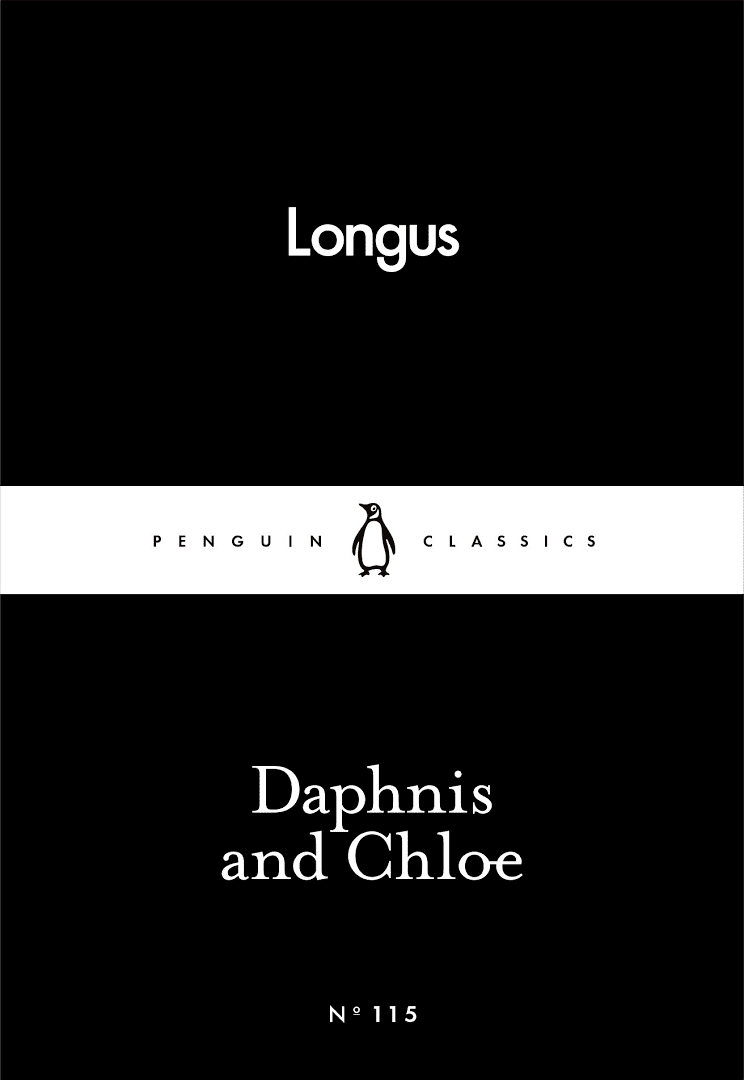7.4 /10 1 Votes7.4
| 3.7/5 Goodreads Adaptations Daphnis and Chloe (1931) | |||||||||||||||||||||||||||||||||
 | ||||||||||||||||||||||||||||||||||
Classical Studies books The Golden Ass, The Satyricon, Paul et Virginie, Georgics, Theogony | ||||||||||||||||||||||||||||||||||
In r j dent s library daphnis and chloe by longus
Daphnis and Chloe (Greek: Δάφνις καὶ Χλόη, Daphnis kai Chloē) is the only known work of the 2nd century AD Greek novelist and romancer Longus.
Contents
- In r j dent s library daphnis and chloe by longus
- Setting and style
- Plot summary
- Characters
- Text tradition
- Influences and adaptations
- Opera
- Ballet
- Cinema
- Radio
- References
Setting and style
It is set on the isle of Lesbos during the 2nd century AD, where and when scholars assume the author to have lived. Its style is rhetorical and pastoral; its shepherds and shepherdesses are wholly conventional, but the author imparts human interest to this idealized world. Daphnis and Chloe resembles a modern novel more than does its chief rival among Greek erotic romances, the Aethiopica of Heliodorus, which is remarkable more for its plot than for its characterization.
Plot summary
Daphnis and Chloe is the story of a boy (Daphnis) and a girl (Chloe), each of whom is exposed at birth along with some identifying tokens. A goatherd named Lamon discovers Daphnis, and a shepherd called Dryas finds Chloe. Each decides to raise the child he finds as his own. Daphnis and Chloe grow up together, herding the flocks for their foster parents. They fall in love but, being naive, do not understand what is happening to them. Philetas, a wise old cowherd, explains to them what love is and tells them that the only cure is kissing They do this. Eventually, Lycaenion, a woman from the city, educates Daphnis in love-making. Daphnis, however, decides not to test his newly acquired skill on Chloe, because Lycaenion tells Daphnis that Chloe "will scream and cry and lie bleeding heavily [as if murdered]." Throughout the book, Chloe is courted by suitors, two of whom (Dorcon and Lampis) attempt with varying degrees of success to abduct her. She is also carried off by raiders from a nearby city and saved by the intervention of the god Pan. Meanwhile, Daphnis falls into a pit, gets beaten up, is abducted by pirates, and is very nearly raped. In the end, Daphnis and Chloe are recognized by their birth parents, get married, and live out their lives in the country.
Characters
The characters in the novel include:
Text tradition
Until the beginning of the 19th century, about a page of text was missing; when Paul Louis Courier went to Italy, he found the missing part in one of the plutei of the Biblioteca Laurenziana in Florence. Unfortunately, as soon as he had copied the text, he upset the ink-stand and poured ink all over the manuscript. The Italian philologists were incensed, especially those who had studied the pluteus giving "a most exact description" (un'esattissima notizia) of it.
Influences and adaptations
The first vernacular edition of Daphnis and Chloe was the French version of Jacques Amyot, published in 1559. Along with the Diana of Jorge de Montemayor (published in the same year), Daphnis and Chloe helped inaugurate a European vogue for pastoral fiction in the sixteenth and seventeenth centuries. Daphnis and Chloe was the model of La Sireine of Honoré d'Urfé, the Aminta of Torquato Tasso, and The Gentle Shepherd of Allan Ramsay. The novel Paul et Virginie by Jacques-Henri Bernardin de Saint-Pierre echoes the same story.
Jacques Amyot's French translation is perhaps better known than the original. The story has been presented in numerous illustrated editions, including a 1937 limited edition with woodcuts by Aristide Maillol, and a 1977 edition illustrated by Marc Chagall. Another translation that rivals the original is that of Annibale Caro, one of those writers dearest to lovers of the Tuscan elegances.
The 1952 work Shiosai (The Sound of Waves), written by the Japanese writer Yukio Mishima following a visit to Greece, is considered to have been inspired by the Daphnis and Chloe myth. Another work based on it is the 1923 novel Le Blé en herbe by Colette.
The 1987 film The Princess Bride contains similarities to Daphnis and Chloe (for example, in both stories the male romantic lead is captured by pirates). Lawrence Rinder, director of the Berkeley Art Museum and Pacific Film Archive, attributes the inspiration for the film to Longus.
Opera
Ballet
Cinema
Radio
The work was adapted into a 45-minute radio play in 2006 by Hattie Naylor.
